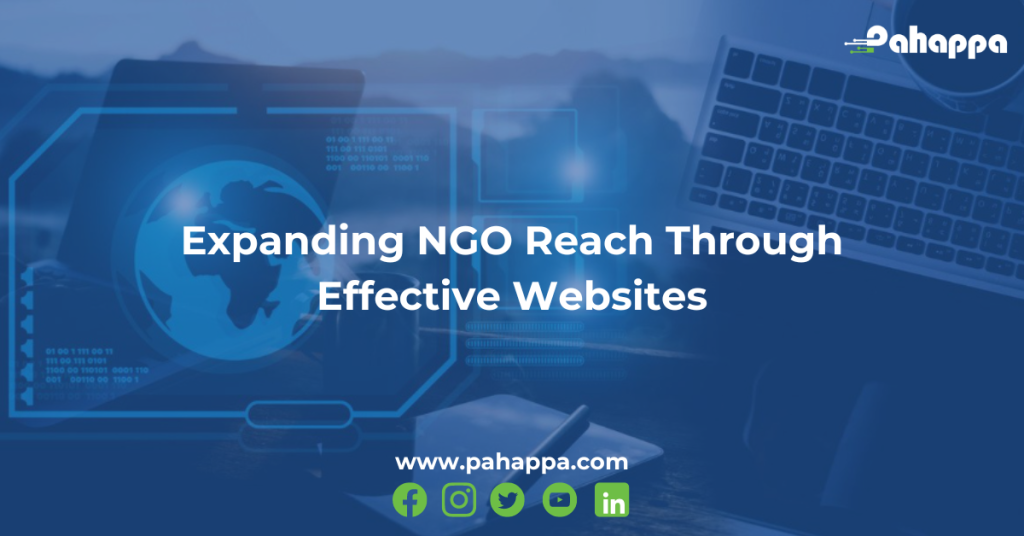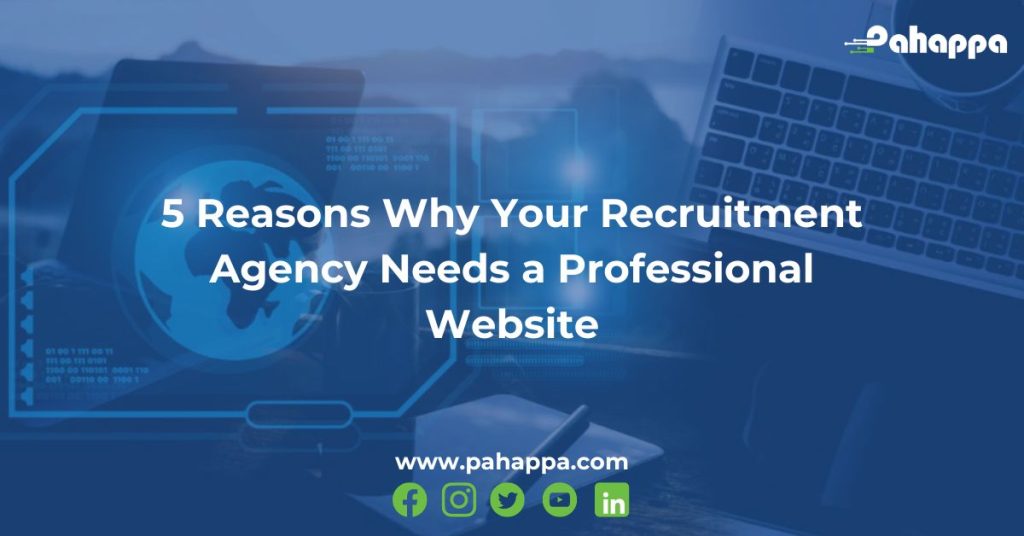Non-governmental organizations (NGOs) have unprecedented opportunities to amplify their impact through the power of the Internet now more than ever. A well-designed and strategically managed website can significantly extend an NGO’s reach, enhance its visibility, and foster deeper engagement with its target audience. Here’s how NGOs can leverage their websites to maximize their reach and achieve their missions more effectively.
The Foundation: Clear Mission and Goals
At the heart of an effective NGO website is a clear and compelling presentation of the organization’s mission and goals. This foundational element sets the tone for all other content and ensures that visitors immediately understand the NGO’s purpose. A concise and inspiring mission statement, prominently displayed on the homepage, can capture attention and motivate visitors to explore further.
User-Friendly Design and Navigation
A website that is easy to navigate will keep visitors engaged longer and encourage them to explore different sections. User-friendly design includes intuitive menus, clear calls to action, and a responsive layout that works well on all devices. Accessibility features, such as alt text for images and easy-to-read fonts, ensure that the website is usable by people with disabilities, broadening the NGO’s reach.
Compelling Content
Content is king when it comes to engaging website visitors. NGOs should focus on creating high-quality, relevant content that resonates with their audience. This includes:
- Stories and Testimonials: Personal stories and testimonials from beneficiaries, volunteers, and supporters can powerfully convey the impact of the NGO’s work.
- Blogs and Articles: Regularly updated blogs and articles can inform, educate, and inspire visitors. Topics can range from updates on projects and campaigns to insights into broader issues related to the NGO’s mission.
- Multimedia Content: Videos, infographics, and photo galleries can make the website more dynamic and engaging. Visual content is particularly effective in capturing attention and conveying complex information quickly.
SEO and Digital Marketing
Search engine optimization (SEO) is crucial for increasing the visibility of an NGO’s website. By optimizing content for relevant keywords, securing backlinks from reputable sites, and maintaining a robust social media presence, NGOs can improve their search engine rankings and attract more organic traffic.
Digital marketing strategies, including email newsletters, social media campaigns, and partnerships with influencers, can further enhance reach. Regularly sharing updates and engaging with followers on social media platforms can drive traffic back to the website and foster a community around the NGO’s cause.
Online Donations and Fundraising
An effective NGO website should facilitate online donations seamlessly. This includes having a prominent and secure donation button, providing multiple payment options, and offering clear information about how funds will be used. Transparency in financial matters can build trust and encourage more generous contributions.
Crowdfunding campaigns, virtual events, and online auctions are other ways to leverage the website for fundraising. Highlighting the impact of donations through updates and success stories can motivate donors to give and to share the cause with their networks.
Volunteer and Member Engagement
A robust volunteer program is often the backbone of an NGO’s operations. The website should make it easy for potential volunteers to get involved by providing information on volunteer opportunities, application forms, and success stories of current volunteers. Similarly, a members-only section with exclusive content and resources can foster a sense of community and commitment among supporters.
Analytics and Continuous Improvement
Finally, to ensure the website remains effective, NGOs should regularly analyze its performance using tools like Google Analytics. Tracking metrics such as visitor numbers, page views, bounce rates, and conversion rates can provide valuable insights into what is working and what needs improvement. Based on this data, NGOs can continuously refine their website to better serve their audience and achieve their goals.
Conclusion
In conclusion, a well-crafted website is a powerful tool for NGOs to expand their reach and amplify their impact. By clearly communicating their mission, creating engaging content, optimizing for search engines, facilitating online donations, engaging volunteers, and continually analyzing performance, NGOs can harness the full potential of their online presence. As digital landscapes continue to evolve, staying adaptive and innovative will be key to reaching and inspiring a global audience. To begin your online journey, visit us here to learn more.










